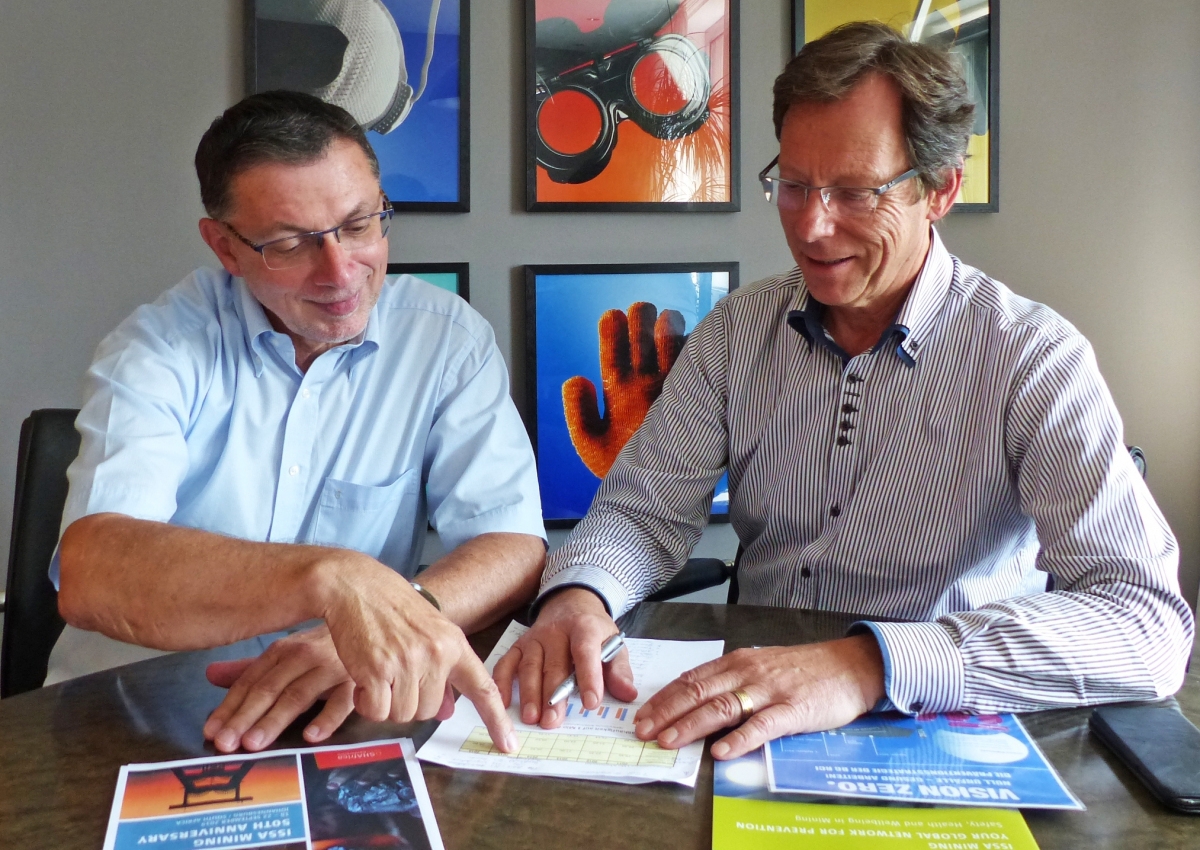Blended Learning: Establishing a new learning culture in the company
More and more companies are using modern information and communication technology to establish so-called blended learning concepts in their organization. This results in new demands on employees, who in future will also be required to train their colleagues online.
1 Introduction
In order to increase the efficiency of their initial and continuing vocational training, many companies also use teaching and learning concepts that combine learning in classroom seminars with computer-supported learning. They hope to save (working) time and money with such so-called blended learning concepts. In addition: Owing to the rapid changes in many organizations today, the need for learning is so great that it can no longer be satisfied with face-to-face seminars alone. Therefore, learning must become an integral part of everyday work from the perspective of the companies – also because the learning and development needs of employees today are often so different that they can only be covered to a limited extent by centrally planned personnel development measures.
2 Digital natives are used to being online
What is more, most company employees today are digital natives. They are used to using their PCs and mobile devices – from laptops to smartphones – to inform themselves, communicate and plan their (collaboration) work. This is one of the reasons why companies increasingly rely on so-called e-learning in their training and further education.
This trend will continue. Market observers expect companies’ expenditure on e-learning to rise from the current level of around USD 200 billion per year to USD 300 billion by 2025 – not only because webinars, for example, eliminate the travel time and costs associated with face-to-face seminars. More importantly, modern digital learning technology can be used to create learning concepts that are easier to integrate into everyday working life. The situation is similar for coaching employees. Companies are also increasingly using telephone and online coaching because such coaching sessions can be planned at shorter notice. And when training the behavioural confidence of employees, companies are increasingly discovering the advantages of microlearning apps, which employees use to practice and consolidate what they have learned.
3 Webinars: a challenge for knowledge providers
So far so good! In practice, however, the introduction of blended learning concepts usually presents companies with greater challenges than expected. Many companies are still convinced that it is sufficient to upload the previous learning concepts and documents one to one to the servers and present them online. This is a mistake! The implementation of blended learning concepts requires a new way of thinking and acting from everyone involved. It requires a corporate culture that supports this kind of learning and collaborative work. It also requires, besides the necessary technical infrastructure, the competence to use it professionally. It also requires innovative teaching and learning concepts and corresponding content development. And most importantly, the awareness that blended learning also requires a change in the way trainers and knowledge providers see themselves.
This is also against the following background: while most larger companies employ full-time trainers, most of their trainers and knowledge mediators are managers on the operational level or professionally experienced specialists. These only slip into the role of trainer from time to time, for example when new employees are to be trained or new problem solutions are to be introduced in the company. For most in-house trainers, training is therefore an additional task. Moreover, they are not trained educators, but were selected as specialist trainers because of their specialist knowledge and professional experience.
4 Change project: Introduction of blended learning
These part-time trainers in particular often feel overwhelmed when they are asked to train and coach their colleagues online in the future. After all, working out blended learning offers and instructing their colleagues using camera and PC requires new skills from them.
When companies increasingly rely on blended learning for their personnel development, their trainers and knowledge mediators usually struggle with numerous technical, methodological-didactical, but also (self-)organizational questions and problems. And usually they are not given enough support within the company to cope with them, because: Many companies fail to recognize that the introduction of blended learning is a change project aimed at creating a new learning culture in the organization and requires a change of attitude and behaviour on the part of all those involved. Accordingly, the project should be managed professionally.
5 Online training requires many new skills
They also often underestimate how many new skills their trainers need in order to continue to perform their tasks professionally in the future. They are not aware that trainers need new skills in the following areas, among others:
Digital technology: Trainers must be able to realistically assess the opportunities offered to them and their company by the new digital learning technologies and to use the technology professionally
Self-image: The trainers – like the participants – have to see themselves as learners who reflect on and partly change their (previous) trainer behaviour and adapt it step by step to the changed conditions
Methodology and didactics: Trainers must learn to assess, among other things, which learning contents and skills can (and cannot) be taught with modern information and communication technology. They must also be able to prepare and present the learning content in such a way that the learning objectives are also achieved when learning is (at least partially) online and in self-study
(Self-)organization: Trainers must be able to structure their daily work in such a way that they can support the learners in their learning process – as a tutor or coach – although they often learn at different places and at different times
6 Initial and further training for blended learning trainers
Companies should provide their trainers with the skills they still lack as part of blended learning training in which they also actively use the new learning technology. This training should have a modular structure so that the classroom and online learning modules are always followed by transfer phases in which the trainers apply what they have learned in practice. They should be coached by a coach or tutor who already has a lot of experience in training with the new learning technology, because ultimately the goal of the further qualification of trainers is: The trainers should develop such a high level of behavioural confidence in dealing with the new learning technology that they do not struggle primarily with the technology when training and coaching online, but can fully concentrate on the learning process and the learners.
Otherwise, reservations against online learning or blended learning quickly arise, especially among part-time trainers. Training is increasingly perceived by them as a burdensome additional task. This lowers their motivation, and the danger increases that in the medium term the company will lack the in-house knowledge mediators it needs to develop into a learning organization.
//www.seminarconsult.at" target="_blank" >www.seminarconsult.at:www.seminarconsult.at






